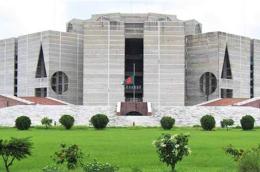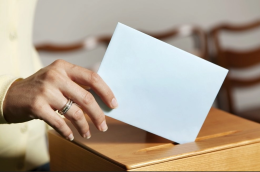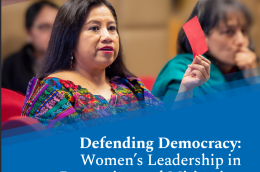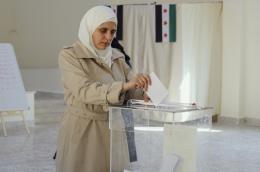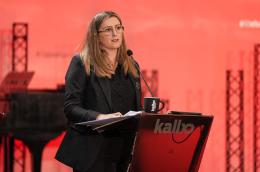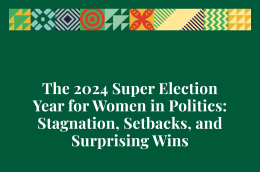Canada’s recent federal election suggests a growing gender divide in political preferences.
Polling indicated women voters leaned strongly toward the Liberals, while an increasing number of men — particularly younger men — gravitated toward the Conservatives.
This polarization was not simply a matter of partisan preference, but reflected deeper social, cultural and economic realignments rooted in identity politics and diverging values.
The gender gap also mirrors patterns across western democracies, where far-right populist parties increasingly draw male support through nationalist, anti-immigration and anti-feminist narratives, while women — especially racialized and university-educated — opt for progressive parties promoting equality and social protection.
What the polls showed
While official voting records by gender are not available, several public opinion polls heading into the election indicated gender was a key predictor of party support.
Abacus Data found that women’s early preferences were nearly evenly split — 31 per cent for the Liberals and 32 per cent for the Conservatives. But as the campaign progressed, Liberal support among women rose steadily by two to three points per week, reaching 35 per cent by April 8, while support for the Conservatives fell to 30 per cent.
This pattern was echoed by an EKOS Politics analysis, which described the 2025 election as defined by a “massive gender divide” — women supported the Liberal Party by a 25-point margin, while the Conservatives held a slight lead among men, especially those under 50.
Findings from Angus Reid further underscored this divide. Among men, support was closely split, with the Conservatives holding a slight lead over the Liberals (44 per cent to 42 per cent). Among women, however, the Liberals enjoyed a commanding lead, with 51 per cent support compared to 32 per cent for the Conservatives.
Together, these three polls suggest a growing gender gap in Canadian politics — one that shaped party support throughout the election campaign.
The New Democratic Party, meanwhile — once positioned as a progressive bridge between working-class voters and social justice movements — struggled to attract voters as it had in previous elections.
The NDP’s waning influence in the 2025 election highlights the erosion of class-based solidarity, which has seemingly been supplanted by identity politics.
Full article published by The Conversation on 15 May 2025.
Image credits: The Conversation

